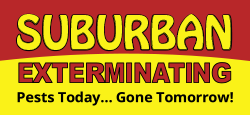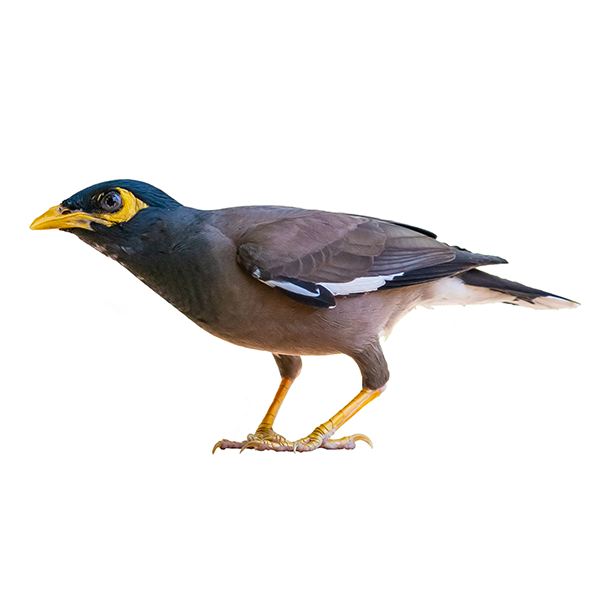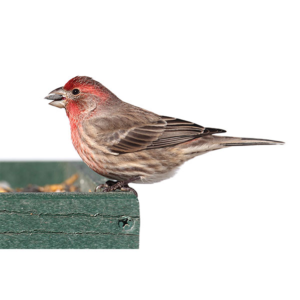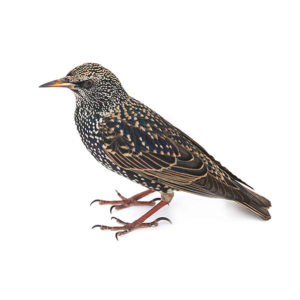Mynas in Suffolk County & Nassau County
Starlings are best known for bei
The Common Myna was once deemed by the IUCN Species Survival Commission as one of the world’s most invasive species, and it’s easy to see why. They’ve adapted to many major landscapes, where they travel in groups. They consume fruits, among the rest of their diet, and because of that they disperse seeds of a variety of plants and trees across their ecosystem. Myna’s are also important pollinators for plants across the area.
Myna Habitat
Mynas are unique in that they can survive almost anywhere. They’re now considered a form of urban wildlife and a part of other human-centered biomes, but they can be equally as comfortable in forests, lakes and grasslands. All they really need is a tree to burrow in and twigs and rubbish to scavenge to make a nest. From that point on they will feed on seeds and fruits, as well as small mammals and waste from human habitation.
Myna Behaviors, Threats, or Dangers
The population of myna birds is only increasing with every passing year. This is proving to be a problem, as they are incredibly territorial birds that are an invasive species in almost every part of the world. They can destroy the eggs and nests of native birds to make room for their own. And, in dispersing seeds, they also spread weeds in the yards of properties across Suffolk County & Nassau County. If you have seen nesting mynas around your home or business, Suburban Exterminating bird removal experts can clear them out and deter from roosting there in the future.




